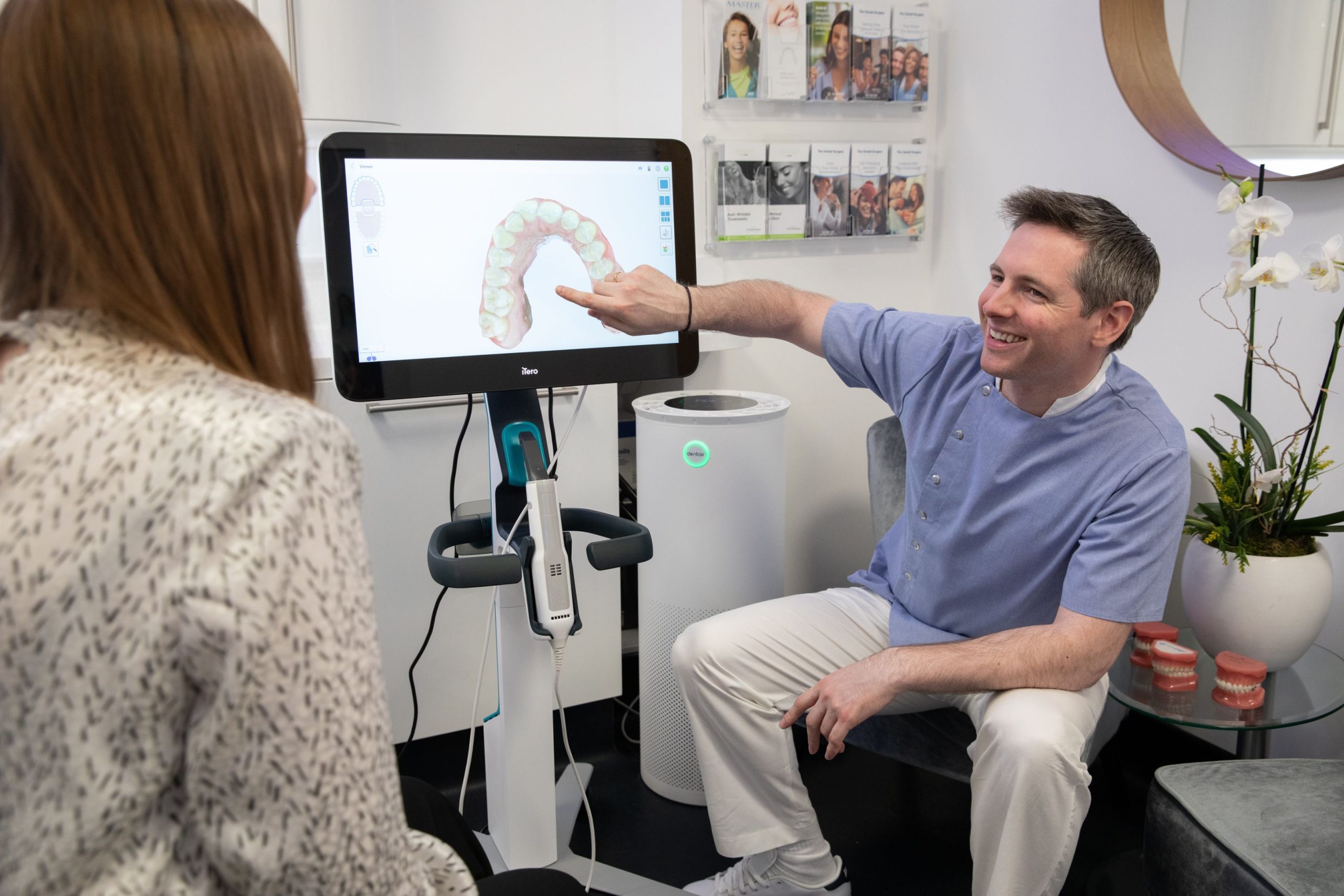- Categorised as:
- Teeth Straightening
5 Things To Know Before You Get Braces
Braces are commonly associated with children but modern options have made them a treatment for people of every age.
If you’re thinking of straightening your teeth, take a moment to consider the five points below before embarking on your smile journey.
1. Time
Treatment Time
Depending on factors such as your bite and current oral health, straightening your teeth may take anywhere between a few months to a few years.
The type of braces you opt for may also impact treatment time as some move your teeth quicker than others.
Your orthodontist will give you a personalised estimate of how long your treatment will take following an examination of your teeth.
Age
A common question we hear is “Am I too old to have braces”?
Although we recommend that children see an orthodontist around the age of 8, this does not mean someone older than that will not benefit from orthodontic treatment!
Generally, it is quicker to move teeth while the teeth and bone are still forming, however, it simply means that the treatment may take a little longer after this.
The benefit of having braces when you are older allows for a wider variety of treatment options and a greater sense of confidence when your new smile is revealed.
(Read this article for more information on adult orthodontics)
2. Appearance of Braces
Naturally, the first image that comes to mind when hearing the word “braces” is metal brackets on teeth (or “train tracks”); fortunately, orthodontics has evolved to allow for many new aesthetic options.
Ceramic braces – These work in the same way as traditional metal braces.
However, the brackets are made from a clear material that blends with your natural tooth colour giving a much less noticeable appearance.
Lingual braces – These look like the traditional metallic braces but are bonded on behind the teeth instead of on the front.
This can look almost invisible from the outside but may affect speech initially or cause some irritation as the tongue touches these when speaking, however, this still remains a beneficial treatment option.
Invisalign – Think clear retainers, but form-fitted to your teeth so that it almost seems as though you are wearing nothing.
3. Cost of Braces
The type of treatment option preferred as well as the duration of treatment all play a part in determining the final cost of treatment.
But 0% finance plans mean this can be an investment that provides you with not only cosmetic benefits but long term benefits to your oral and overall health.
Misaligned teeth may cause future dental issues such as cracks and chips in teeth, also inflammation of gums due to improper cleaning between teeth and potentially even tooth loss if these problems are not addressed.
4. Maintenance of Braces
Undergoing orthodontic treatment to correct your bite and straighten your smile is a commitment that will require you to always look after your oral health.
Brushing your teeth twice a day and flossing with the suggested tools (often a combination of floss and interdental brushes) will be imperative in the success of your treatment.
This will then have the added benefit of ingraining proper dental care once your treatment has ended.
Some considerations for specific types of braces:
- Ceramic braces – It is best to avoid staining foods and drink as this may stain the clear brackets.
- Invisalign – Clear retainers need to be worn for 20 – 22 hours a day and require you to clean your teeth before you replace them each time (really useful to help you stick to that new diet!).
Your teeth never stop moving, and so it is very important that you are fitted with retainers after your treatment has ended to ensure that your teeth stay in their newly found perfect position.
This will either be a set of removable retainers (similar to the Invisalign braces) that can be worn overnight during your sleep, or a metallic “bar” placed behind the teeth – or even a combination of the two.
5. Orthodontist
Now that you’re armed with more information on dental braces, the next step will be to seek a dental professional to carry out your treatment. You may find that a lot of general dentists provide orthodontic treatment, but we would suggest consulting with an orthodontist. Orthodontists have trained for an extra 3 years in the finer detail of aligning teeth and correcting dental bites.
They are best placed to make sure that the treatment you opt for is right for you.
Often our patients may require the input of other dental professionals to treat their oral health prior to or alongside their orthodontic treatment.
Due to their experience in treating patients with a wide variety of orthodontic requirements, orthodontists will be able to advise if you need to see a periodontist, hygienist or general dentist as well.
Next Steps
At The Dental Surgery, we have a large team of dental professionals. Whether you need to see an Orthodontist, Periodontist, Hygienist, Implant Dentist, Endodontist or General dentist –
we are your Home For Dentistry.
We offer free teeth straightening chats with our Orthodontic team on a daily basis. If you are interested us a call on 020 3909 1690.
Do you have a specific question?
Get in touch with us today.



